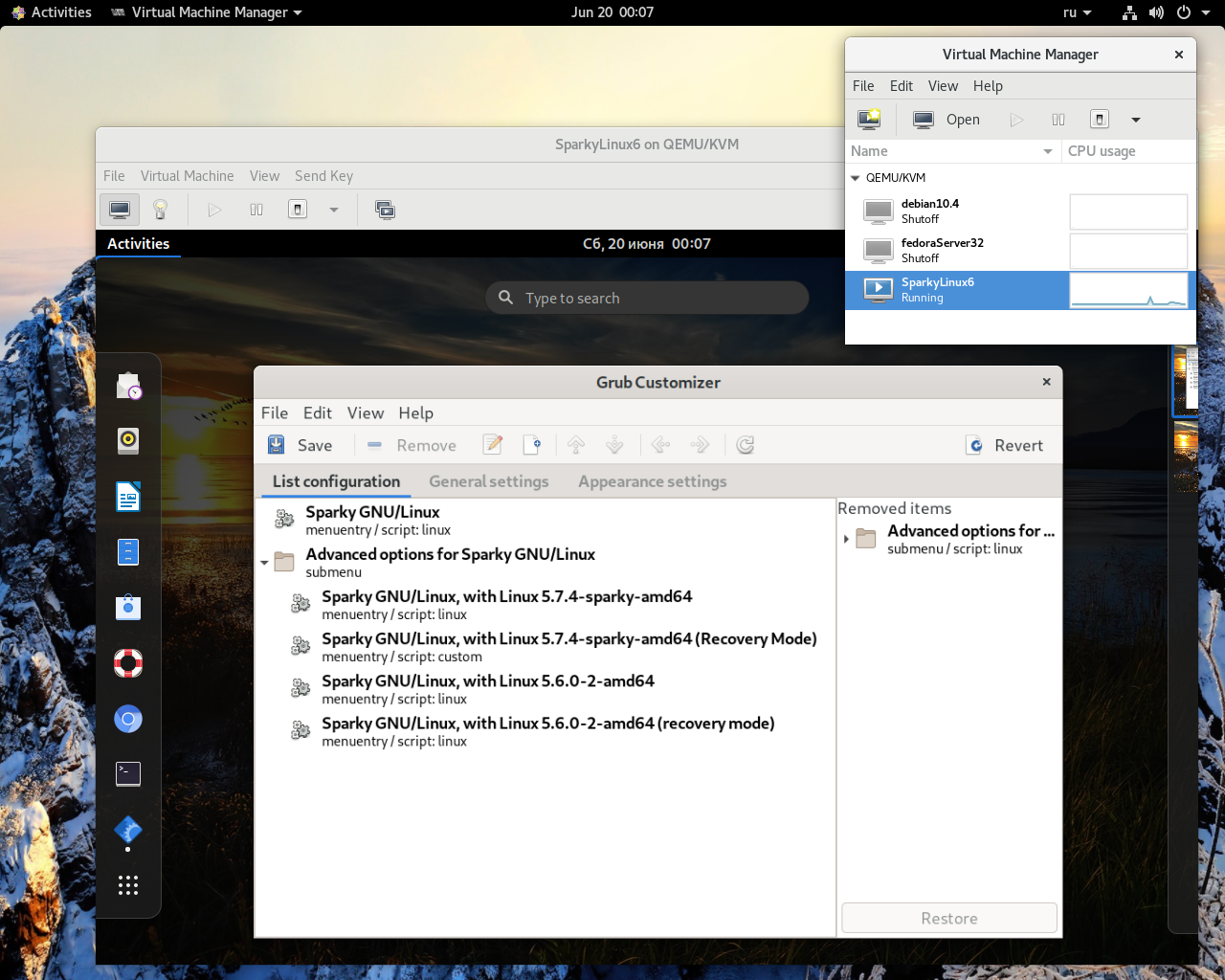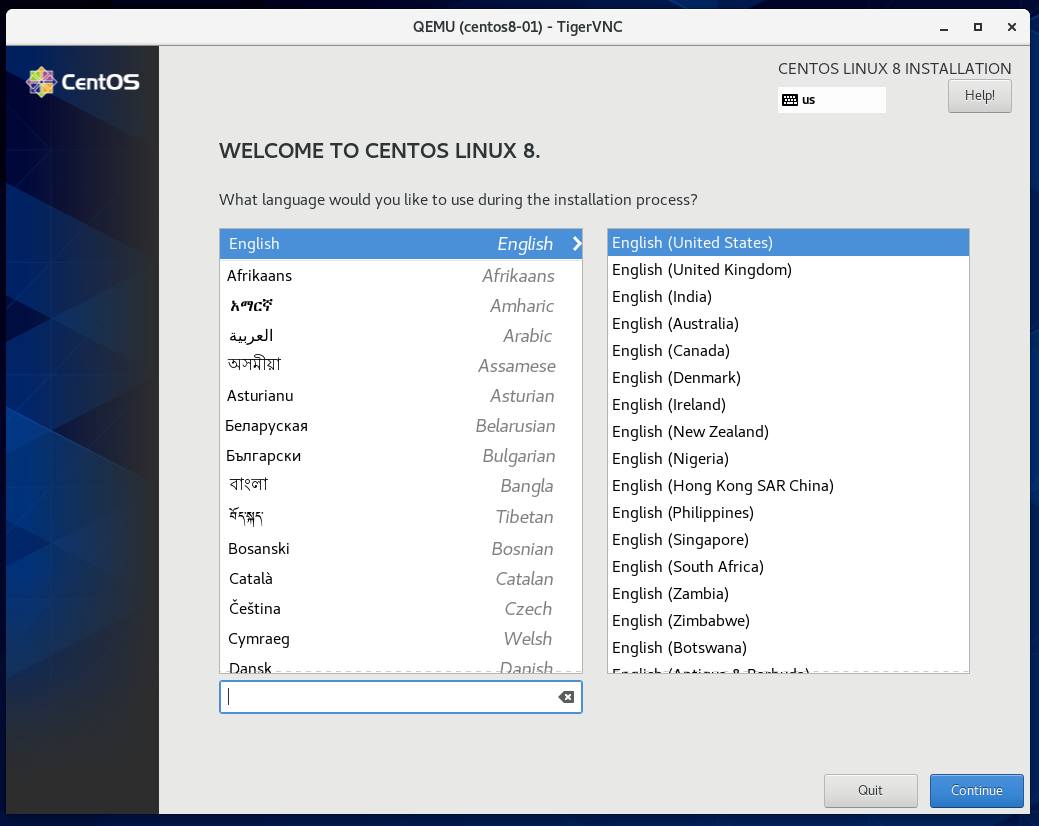
- #Reload vnc connect to kvm guest install
- #Reload vnc connect to kvm guest update
- #Reload vnc connect to kvm guest password
VNC itself doesn’t use secure protocols when connecting. Step 3 - Connecting the VNC Desktop Securely With the configuration in place, let’s connect to the server from our local machine. The output should look like this, although you’ll see a different PID: VNC can launch multiple instances on other display ports, like :2, :3, and so on.īecause we are going to be changing how the VNC server is configured, first stop the VNC server instance that is running on port 5901 with the following command: This port is called a display port, and is referred to by VNC as :1. When VNC is first set up, it launches a default server instance on port 5901. The startup script was created when you ran the vncserver in the previous step, but we’ll create our own to launch the Xfce desktop. These commands are located in a configuration file called xstartup in the. Specifically, VNC needs to know which graphical desktop it should connect to. The VNC server needs to know which commands to execute when it starts up. Log file is /home/ sammy/.vnc/ your_hostname:1.log Starting applications specified in /home/ sammy/.vnc/xstartup

Xauth: file /home/ sammy/.Xauthority does not existĬreating default startup script /home/ sammy/.vnc/xstartup
#Reload vnc connect to kvm guest password
OutputWould you like to enter a view-only password (y/n)? n You’ll be prompted to enter and verify a password to access your machine remotely: To complete the VNC server’s initial configuration after installation, use the vncserver command to set up a secure password and create the initial configuration files:
#Reload vnc connect to kvm guest install
Once that installation completes, install the TightVNC server: Now install the Xfce desktop environment on your server:
#Reload vnc connect to kvm guest update
On your server, update your list of packages: Specifically, we will install packages for the latest Xfce desktop environment and the TightVNC package available in the official Ubuntu repository. Step 1 - Installing the Desktop Environment and VNC Serverīy default, an Ubuntu 18.04 server does not come with a graphical desktop environment or a VNC server installed, so we’ll begin by installing those.


Virtual Network Computing, or VNC, is a connection system that allows you to use your keyboard and mouse to interact with a graphical desktop environment on a remote server.


 0 kommentar(er)
0 kommentar(er)
